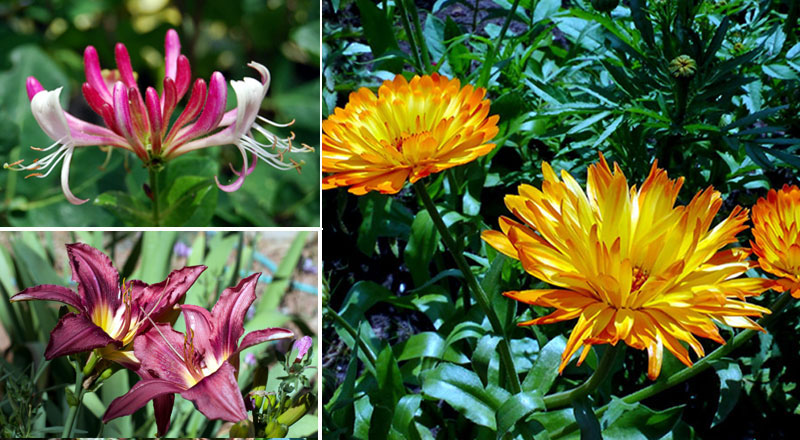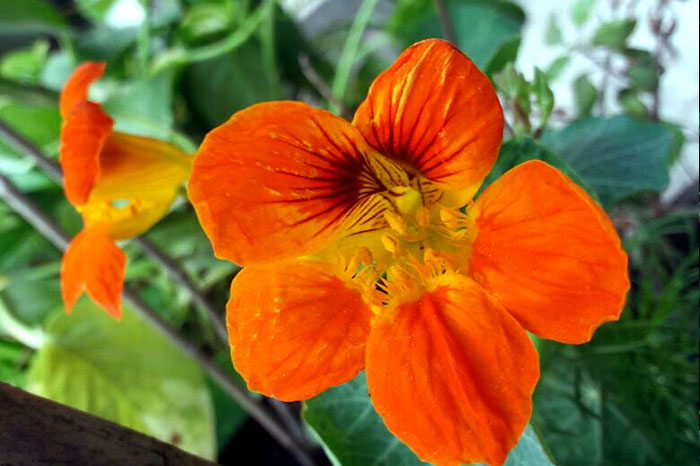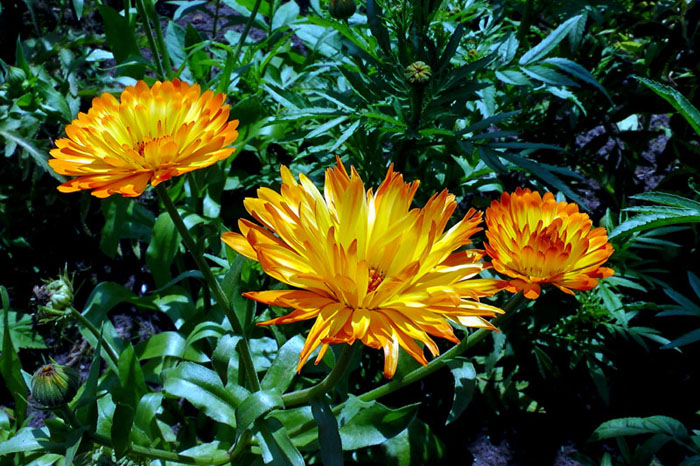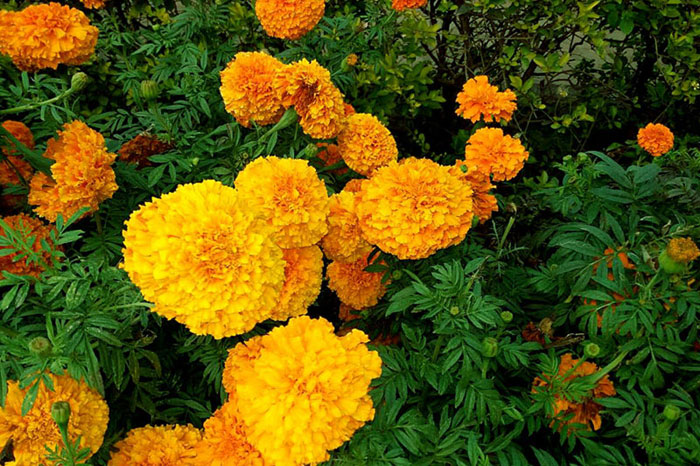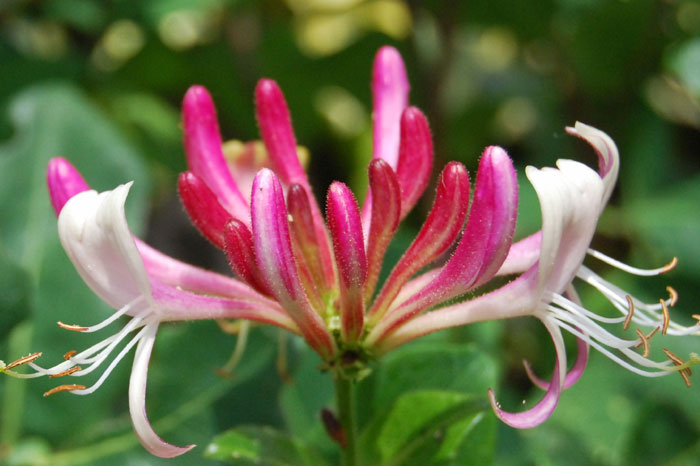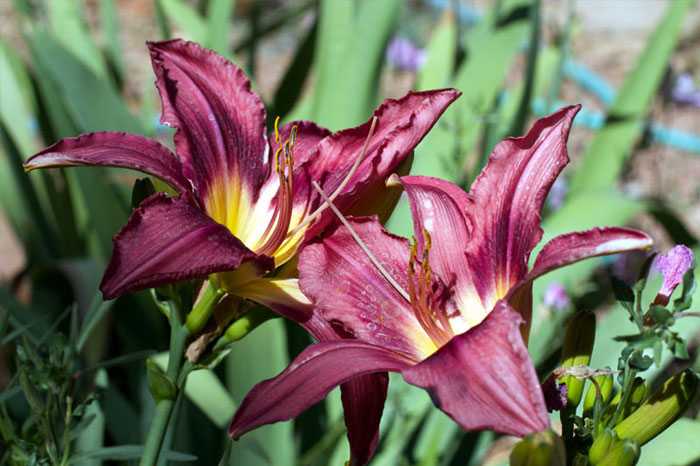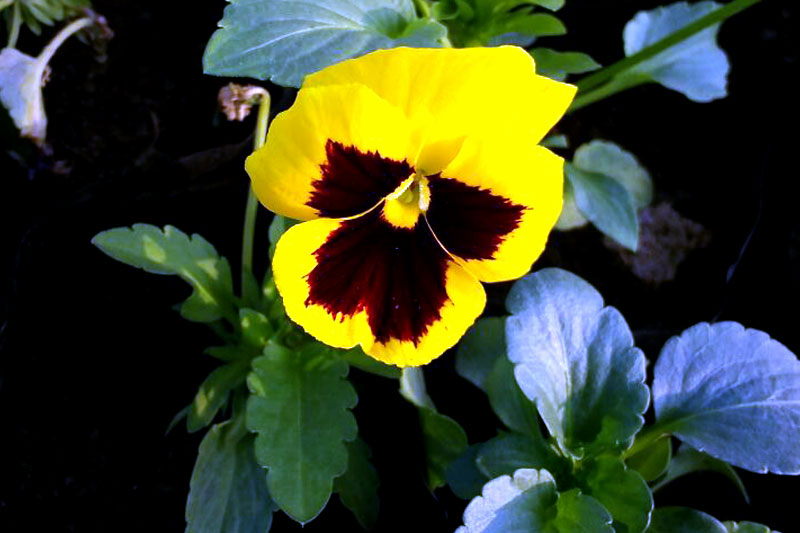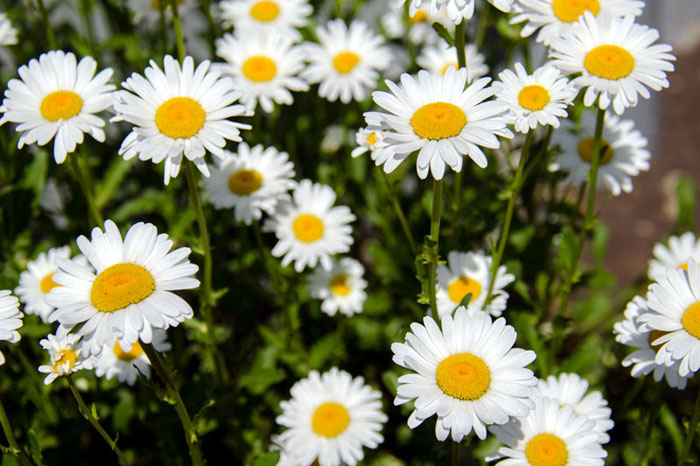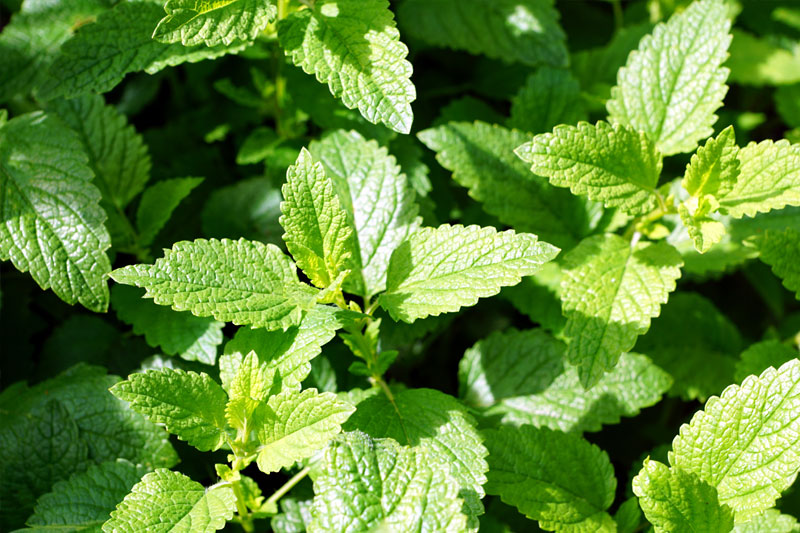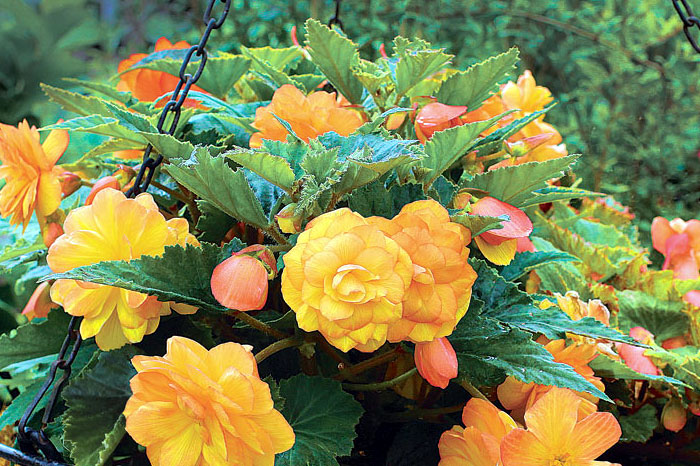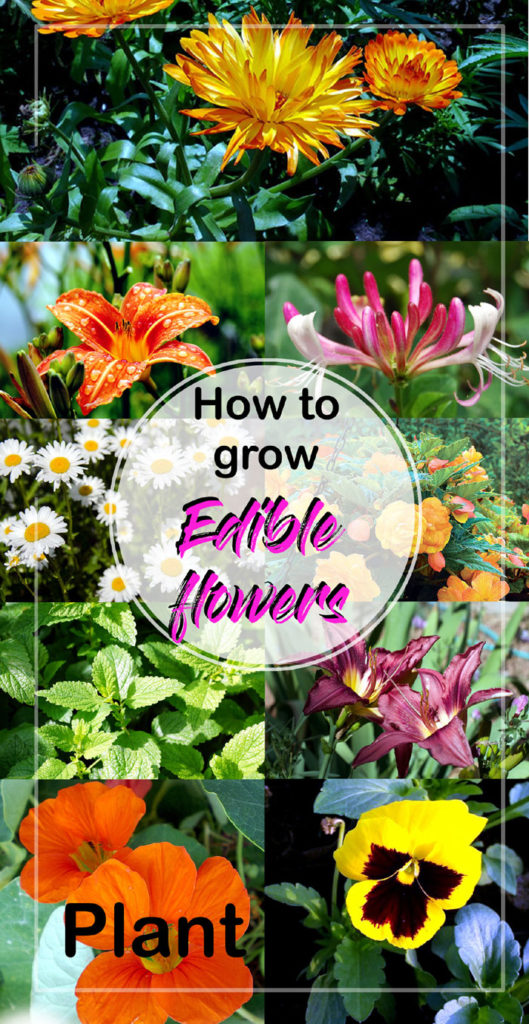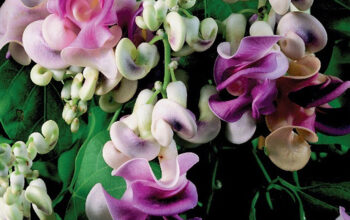Edible Flowers
Best Edible Flowers you can eat | How to Grow Edible Flowers. Edible flowers, you can incorporate directly into your dishes and it has different fun, most edible flowers are eaten raw, just pick them out of the garden and rinse them. Nature Brings is talking about a lot of flowers such as Nasturtium Plant edible flowers, Calendula, Marigold, Honeysuckle, Day Lily is used to eating, Pansies, Chamomile, Mint, Begonia, you get enough information to ensure your safety.
The use of edible flowers has gone on since ancient times, but the information is very important, that flower is fit and which can do harm, because some flowers may also be poisonous. In fact, to date, we used to think that the use of flowers is only for decorating the house and the garden or for some special celebration. There are many edible flowers that you can incorporate in your dinner, some also have health benefits.
Caution in growing the edible flower plant
If you are growing an edible flower plant, then avoid the spraying of insecticides, fungicide, or poisonous chemicals. Since edible flowers are easy to grow, only a rose is a flower that requires more care. If you have an organic garden, then you are definitely growing the edible flower plant.
01. Nasturtium edible flower plant
Tropaeolum is commonly known as Nasturtium, it is an annual and perennial herbaceous flower plant. This is a normal plant, whose flowers and leaves are edible. Nasturtium plant is popular due to green leaves and vibrant flowers, they are bisexual and zygomorphic, and with five petals have a better three carpels ovary. You can easily grow in a container and use to ground cover. Due to the attractive aroma, it is specially used as cut flowers. Nasturtium is easy to grow and they are rapidly developing. The flowers come in the summer and autumn season of red, orange, and yellow colors. Read more.
02. Calendula best Edible flowers
Calendula is annual and perennial herbaceous plants in the daisy Family, often known as marigolds. These are native to Western Asia, Western Europe, Macaronesia, and are the Mediterranean. From early summer until frost brilliant yellow and orange flowers adorn your garden. These plants prefer full sun. To obtain early flowering in your garden you should start before the growing season. These plants can very easily in containers and gardens. Edible flowers and spicy leaves are used in salads, it is unmatched. Further, read.
03.Marigold
Most herbaceous plants are members of the sunflower family. Tagetes is also Hardy annual, or perennial plants are of the same genus. Are native to North and South America. This plant blooms throughout the summer regularly, so it is more popular than the other perennial. The reason for its popularity is grown in straightforward circumstances. Once you put it when it grows easily with ordinary care. Marigold plants prefer full sunlight conditions. The plants will tolerate partial shade, however, if the atmosphere remains hum. It comes in different colors, but the main colors are yellow and orange. Marigold’s small flower signet marigolds such as Lemon Gem and Tangerine Gem use the edible flower ingredients to taste the citrus. Read more.
04. Honeysuckle
Honeysuckle is vine-like jasmine, which can give a strong scent. Its sweet fragrance and beautiful flowers is a great fence or open window to close better. Honeysuckle vine prefers full sun, in the afternoon place in Partial sun. Once established through the plant require water until the weather should not dry too much. Its flowers are a good combination of salad. Do not use its berries are poisonous. Read also.
05. Day Lily is used to eating
Day Lily has perennial flowers with fibrous roots. These are not true lilies, but they are genes of Hemerocallis, which means beauty for the day. And this right also its flowers bloom for only one day, and hundreds of flowers are ready to bloom in the entire season. It is long perennial blooming. Although early spring and early fall are the best time to grow it. For this, if your soil is sandy or heavy clay, then add organic substances. However, they prefer a little acidic soil. It likes full sun, it is necessary to have at least 6 hours of sunlight. The daylily is not only fabulous flowers, but they can be used in the edible form. Its flowers, buds, young stalks, and root tubers are used to eat. They are very tasty. Read more.
06. Pansies
These flowers are blooming in different colors and are a great option for landscape design. Despite being small, there is a charm of the garden in the cold season, Although horticulturists have classified it as biennially, the nurseries produce it as the annual flower of the cold season. Mostly Gardner uses it as a flower bed. Pansies prefer cool and moisture-rich soil. Pansies prefer full sun, but in the warmer areas, it is tolerated also partial shade. Use only the flowers of pansies and remove stalks. Some of its flowers have a delicate aroma, and the wintergreen tastes, which are sweet on cakes and other sweets. More details.
07. Chamomile
Chamomile is a small daisy-like flower, which is used to make chamomile tea, in which there are many medicinal properties. However, its leaves are also used for tea. Spinning German Chamomile by Seed is a delicate process, it looks like a wildflower. It is grown annually, and self-seed, if left unchecked, they become quite aggressive. Its seeds you can plant outdoors in August, you can also propagate indoor during the month of March and can transplant later. Chamomile is mostly used as herbal tea. It is used primarily to reduce stress, to calm the stomach, and to sleep. In addition to its flower tea, with cake, biscuits, bread, and pudding.
08. Mint (Mentha )
Herb plant mint grows very quickly. You can develop in accordance with our little instructions. Mentha is a genus of plants in the family Lamiaceae. The species is not clearly distinct, with 13 to 18 variations estimated. Hybridization between some of the species occurs naturally. Mint is a popular herbs plant, the growing and planting are very easy on your patio. Mint has multiple uses to add taste use of its fresh leaves in salad, sherbet, chutney, ice cream, and hot tea. Like bee balm, Mint family flowers are also food and are delicious. Read also.
09. Begonia edible flower
A begonia plant originally from Southern Asia, Africa, South America, and Central America, the tropical moist areas, these plants require high humidity. More species of Begonia are rhizomatous, or tuberous categories. The leaves are usually asymmetrical. Small tiny flowers of both tubers (Begonia x tuberbrida) and wax (B X cephalorrhea-Culturum) Begonia are in a slightly bitter taste. However, tuberous begonia has oxalic acid content, so people with diseases of kidney stones, rheumatoid arthritis should not be used.
Read also: Calendula growing guide. Plumeria growing and caring guide. LilyGrowing guide. 11 Best Winter flowers for your garden. Growing and planting Freesia flowers. Garlic vine growing in containers. Geranium growing and caring tips. Anthurium plant Growing indoors. Soybeans growing in containers. Liatris growing and caring guide. Best flowers for Bees and Butterfly garden. Cilantro growing and caring guide. Growing Impatiens in your garden. Colchicum growing and caring tips.
Happy gardening.
Pin it:

